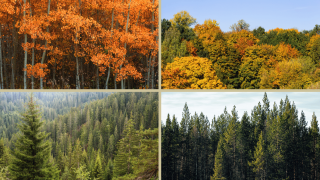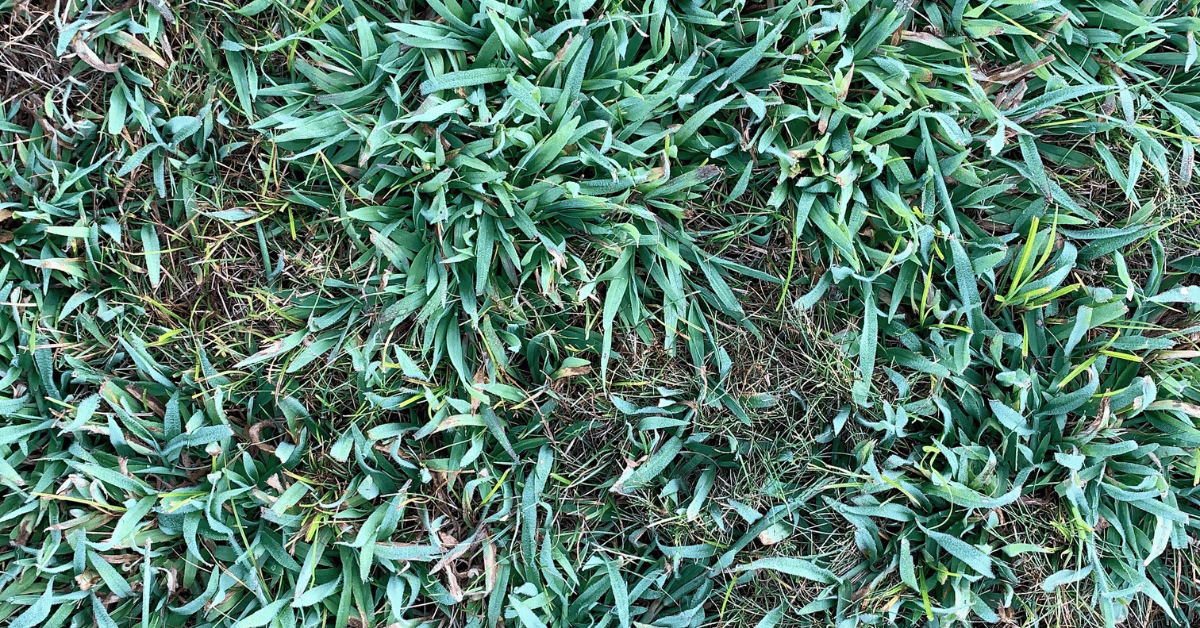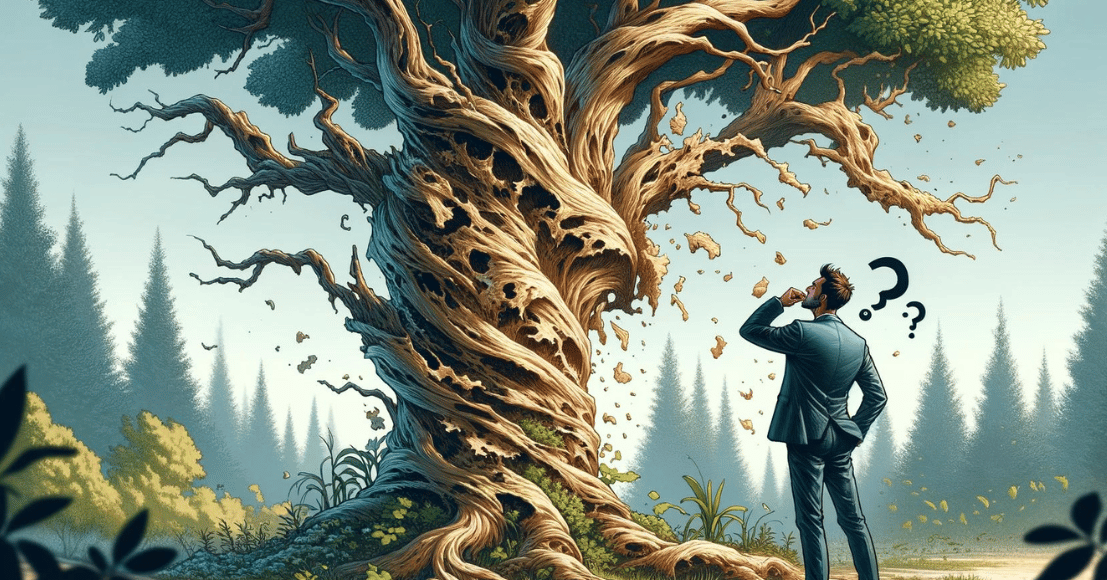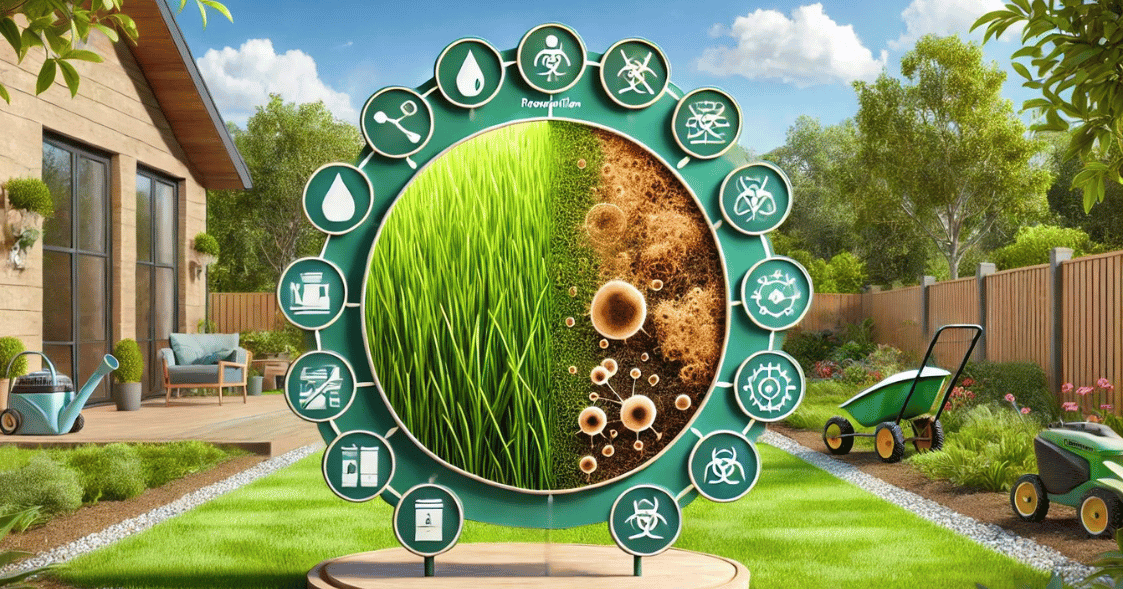Nature has a remarkable way of showcasing its diversity, and one prime example of this is the distinction between deciduous and coniferous trees. As the leaders in tree care in Delaware, Pennsylvania, Maryland, and New Jersey, Strobert Tree Services recognizes the importance of understanding these differences. This article delves into the characteristics, benefits, and maintenance considerations of deciduous and coniferous trees.
Deciduous Trees: The Changing Seasons
Deciduous trees are the heralds of the changing seasons. Characterized by their vibrant foliage, deciduous trees shed their leaves annually in the fall. This natural cycle allows them to conserve water and energy during the harsh winter when resources may be scarce. Common examples of deciduous trees include oak, maple, and birch.
Characteristics of Deciduous Trees
- Leaves: One of the defining features of deciduous trees is their leaves. These trees boast various leaf shapes, sizes, and colors that transform with the seasons, providing a visual spectacle.
- Adaptability: Deciduous trees are highly adaptable to a variety of climates. Their ability to shed leaves in winter helps them survive cold temperatures and reduce water loss.
- Blossoming Beauty: Springtime brings a burst of color as deciduous trees sprout new leaves and often display stunning blossoms. This makes them a popular choice for landscaping, adding aesthetic appeal to residential and commercial properties.
Coniferous Trees: Evergreen Elegance
In contrast to deciduous trees, coniferous trees maintain their foliage year-round, earning them the label "evergreen." This unique characteristic allows them to thrive in environments with colder temperatures and shorter growing seasons. Examples of coniferous trees include pine, spruce, and fir.
Characteristics of Coniferous Trees
- Needle-Like Leaves: Coniferous trees are recognized by their needle-like or scale-like leaves. These specialized leaves reduce water loss, enabling the trees to endure harsh conditions.
- Year-Round Greenery: The evergreen nature of coniferous trees adds a touch of elegance to landscapes throughout the year. This quality makes them popular choices for both ornamental purposes and as windbreaks.
- Cone Production: Conifers reproduce through the production of cones. These cones house seeds, and their structure varies among species. Understanding the cone characteristics aids in identifying different types of coniferous trees.
Maintenance Considerations
Deciduous Trees
- Pruning Techniques: Deciduous trees benefit from regular pruning, especially during the dormant winter. This practice helps shape the tree, remove dead or diseased branches, and promote healthy growth.
- Leaf Removal: In the fall, it's essential to remove fallen leaves to prevent them from forming a dense mat that can suffocate the grass and create an environment conducive to pests and diseases.
- Fertilization: Providing deciduous trees with a balanced fertilizer in the spring supports vigorous growth and enhances their ability to withstand environmental stress.
Coniferous Trees
- Careful Pruning: While conifers generally require less pruning than deciduous trees, careful attention should be paid to shaping and removing dead or damaged branches. Improper pruning can lead to irreparable damage.
- Mulching: Applying a layer of mulch around the base of coniferous trees helps retain soil moisture, regulates temperature, and suppresses weed growth. This is especially important during dry periods.
- Protection from Heavy Snow: The dense foliage of coniferous trees can accumulate heavy snow, potentially causing branches to break. Gently shake off excess snow to prevent damage and maintain the tree's structural integrity.
Conclusion
The choice between deciduous and coniferous varieties in the world of trees depends on various factors, including climate, aesthetic preferences, and landscaping goals. Strobert Tree Services emphasizes the significance of understanding these differences for proper maintenance and care as the go-to experts in tree care. Whether it's the majestic color-changing display of deciduous trees or the evergreen elegance of conifers, each has its unique charm, contributing to the rich tapestry of our natural surroundings.











